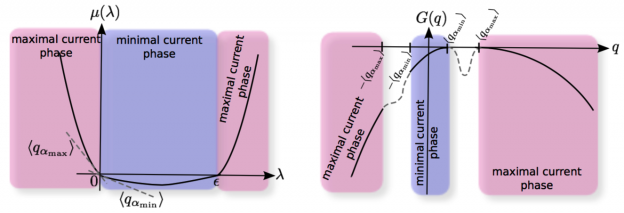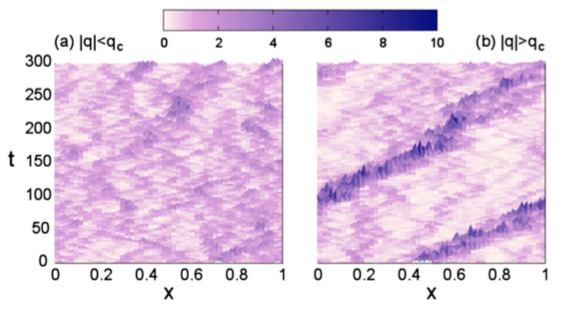Daniel Manzano, Pablo I. Hurtado
Symmetry is a powerful concept in physics, and its recent application to understand nonequilibrium behavior is providing deep insights and groundbreaking exact results. Here we show how to harness symmetry to control transport and statistics in open quantum systems. Such control is enabled by a first-order-type dynamic phase transition in current statistics and the associated coexistence of different transport channels (or nonequilibrium steady states) classified by symmetry. Microreversibility then ensues, via the Gallavotti-Cohen fluctuation theorem, a twin dynamic phase transition for rare current fluctuations. Interestingly, the symmetry present in the initial state is spontaneously broken at the fluctuating level, where the quantum system selects the symmetry sector that maximally facilitates a given fluctuation. We illustrate these results in a qubit network model motivated by the problem of coherent energy harvesting in photosynthetic complexes, and introduce the concept of a symmetry-controlled quantum thermal switch, suggesting symmetry-based design strategies for quantum devices with controllable transport properties.


